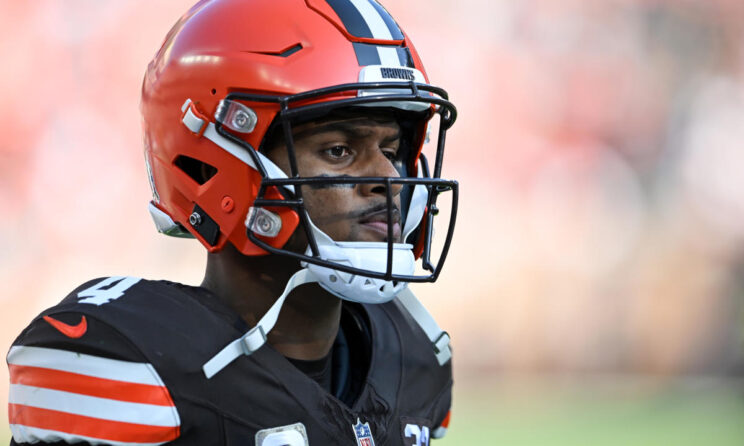
“Where is his arrow pointed?”
That was a question a general manager once posed to me about hefty quarterback contracts. At the time, the GM’s franchise was engaged in talks with its veteran starter. The negotiation was at a particularly contentious point. The player was frustrated, his agent was angry and the GM was explaining an offer that was significantly less than what free agency could get the QB down the line. The impasse, the GM said, was about “quarterback arrows.”
For the contract the agent was seeking, the GM wanted the player’s arrow to reflect future growth potential.
“I want the arrow to be up, and his is like this … ”
The GM drew a flat line in the air with his finger.
“… until it eventually becomes this … ”
He veered the trajectory downward.
“… and that’s when you get into problems with a quarterback contract.”
When I think about NFL quarterbacks, I usually think about that conversation. It wasn’t meant to sound particularly brilliant. If anything, the point the GM made was about answering a question with simplicity: How do you feel about your quarterback’s future? Is he ascending and getting better? Is he stagnating? Or is he regressing?
Of course, there’s a multitude of numbers and circumstances that explain why the arrow is doing what it’s doing. But before you get to that, there is usually an initial gut reaction before you get to the details. Name any veteran quarterback in the NFL right now, and you likely have an immediate arrow that jumps into your mind when it comes to his trajectory.
Matthew Stafford? Baker Mayfield? Jared Goff? Patrick Mahomes?
An arrow likely jumped into your head.
Now do it for Deshaun Watson.
Deshaun Watson hasn’t played a full NFL season since 2020. (Scott Galvin/USA TODAY Sports) (USA Today Sports / reuters)
If you are limited to his remarkable last half of football for the Browns, the arrow might be up.
If you factor in the statistical similarities between 2022 and 2023 (and toss out…
..






